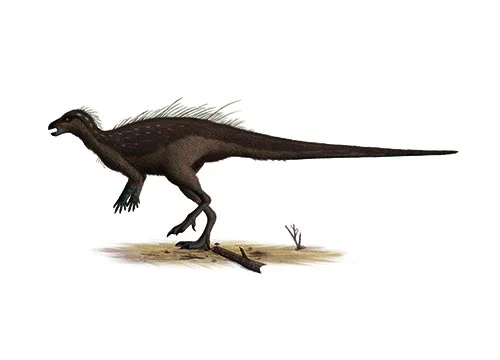Parksosaurus (Park’s lizard)

Parks-o-sore-us
C. M. Sternberg - 1937
Herbivore
Estimated 2.5-3 meters long
Euornithopod
P. warreni (type)
Canada, Alberta - Horseshoe Cnayon Formation
Late Cretaceous, 75 million years ago
Parksosaurus Facts
Parksosaurus was a small, herbivorous dinosaur that lived in North America during the Late Cretaceous period, around 75 million years ago. The dinosaur was named after William Parks, a Canadian paleontologist who discovered the first specimen in 1924.
Parksosaurus was a bipedal dinosaur with long, slender legs and a short, stiff tail. It was relatively small, measuring only about 6 feet in length and weighing around 100 pounds. The dinosaur had a beak-like mouth and cheek teeth for grinding up vegetation. Its forelimbs were shorter than its hind limbs and had three fingers with sharp claws that were probably used for defense.
One of the most distinctive features of Parksosaurus was its dental battery, which consisted of tightly packed teeth arranged in a row. This dental arrangement allowed the dinosaur to grind up tough plant material more efficiently. Parksosaurus likely fed on ferns, horsetails, and other low-lying vegetation.
Parksosaurus is known from a limited number of fossils, but these fossils have provided valuable information about the diversity of dinosaurs during the Late Cretaceous period. The dinosaur’s small size and adaptations for grinding plant material suggest that it occupied a niche that was distinct from other herbivorous dinosaurs of the time.



